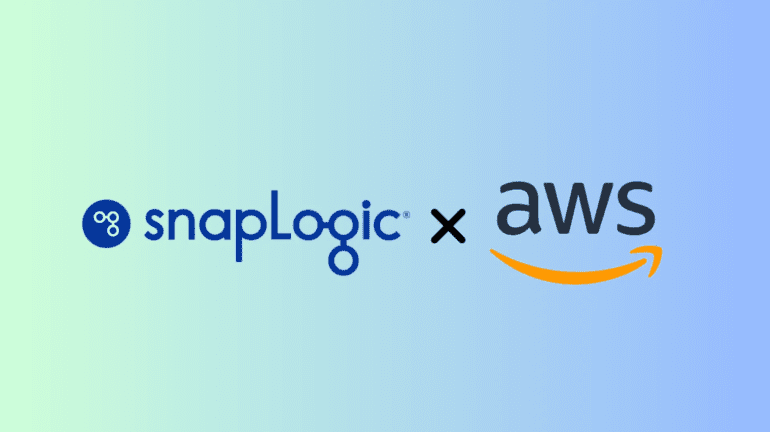TL;DR:
- SnapLogic and AWS have signed a Strategic Collaboration Agreement (SCA).
- SnapLogic’s SnapGPT, a generative integration solution, now integrates Anthropics’ Claude 2 LLM through Amazon Bedrock.
- SnapGPT enables rapid pipeline development, documentation, and data manipulation using natural language.
- The collaboration enhances SnapLogic’s low-code platform, which streamlines data source and application connections.
- Cooperative Benefits Group (CBG) achieved rapid IT infrastructure setup with SnapLogic.
- This partnership offers flexibility and value across various industries and simplifies access to SnapLogic through AWS Marketplace.
Main AI News:
SnapLogic has officially inked a Strategic Collaboration Agreement (SCA) with Amazon Web Services (AWS), marking a significant milestone in the organization’s strategic roadmap to propel the global adoption of generative integration. Earlier this year, SnapLogic introduced SnapGPT, a revolutionary generative integration solution that leverages proprietary and open-source artificial intelligence. Notably, it also integrated support for Anthropics’ Claude 2, a leading Large Language Model (LLM), through Amazon Bedrock. This integration empowers customers with access to the latest LLM capabilities.
SnapGPT, the brainchild of SnapLogic, empowers customers to expedite the development of new integration pipelines, instantly document new or existing ones, generate sample data, formulate SQL queries, mappings, and more—all through natural language prompts. This innovation further solidifies SnapLogic’s commitment to automating complex tasks, enabling the seamless transformation and transportation of petabytes of data, and facilitating connections between hundreds of applications, all without the need for coding.
Jason Wakeam, VP Partner Sales and OEM at SnapLogic, emphasized, “We’re taking another significant stride in providing organizations with the capability to choose generative integration solutions that harness the scale and security inherently provided by AWS.” He emphasized how this collaboration opens up opportunities for customers to access turnkey data management and integration solutions tailored to their unique business requirements.
This partnership also heralds the expansion of SnapLogic’s low-code platform, which enables enterprises to swiftly connect any data source and application with minimal technical expertise. One shining example of its effectiveness is Cooperative Benefits Group (CBG), a startup that established its IT infrastructure in a mere four months using SnapLogic’s platform. This achievement, which typically demands an 18-month timeline with a larger team, showcases the platform’s efficiency in meeting stringent deadlines and ensuring successful launches.
Mark Fowler, CIO at CBG, expressed his gratitude, stating, “SnapLogic has been with us from the beginning and played a pivotal role in helping us achieve the success we see today.” He eagerly anticipates the positive outcomes resulting from the collaboration between SnapLogic and AWS.
Mona Chadha, Director of Infrastructure Partnerships at AWS, shared her perspective, saying, “Together, we aspire to deliver innovative, cloud-native generative integration solutions that enhance business agility and empower organizations to thrive in an increasingly data-driven world.“
This strategic collaboration underscores the combined value proposition of SnapLogic and AWS, offering enhanced flexibility and business value to customers spanning diverse industries. Furthermore, accessing SnapLogic has been streamlined through AWS Marketplace, simplifying the customer onboarding process for services such as Amazon Redshift, Amazon DynamoDB, Amazon Simple Queue Service (Amazon SQS), and Amazon Relational Database Service (Amazon RDS).
Conclusion:
The alliance between SnapLogic and AWS signifies a strategic move to accelerate the global adoption of generative integration solutions. This collaboration enhances SnapLogic’s capabilities, particularly with the integration of Claude 2 LLM, offering customers streamlined data management and integration solutions. The market can expect increased business agility and accessibility to advanced integration tools, ultimately driving growth and efficiency in a data-driven world.

